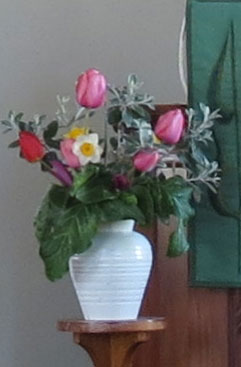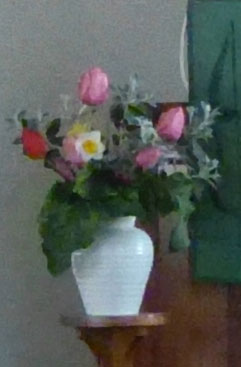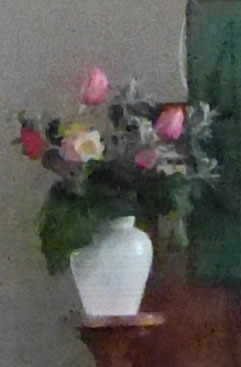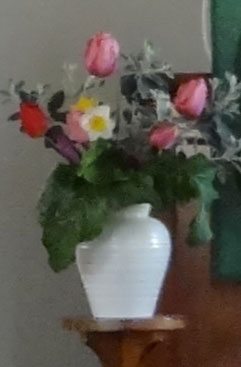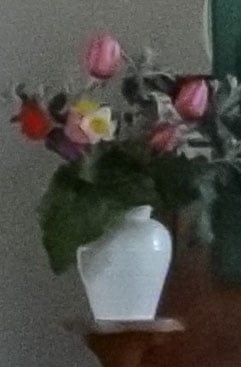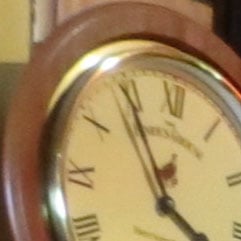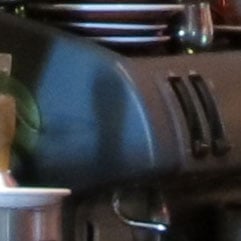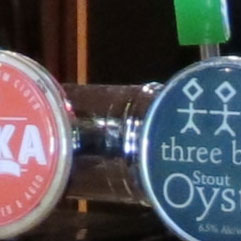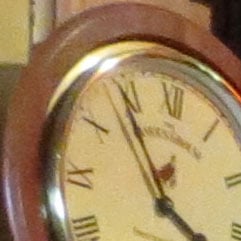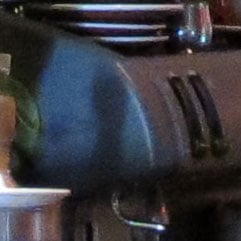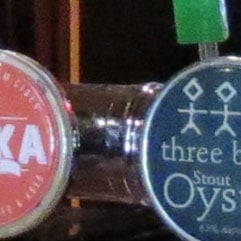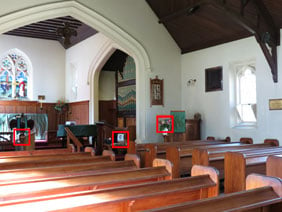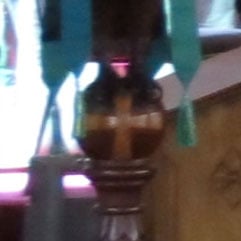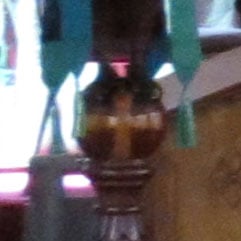Canon PowerShot SX40 HS
-
-
Written by Gordon Laing
Quality
Canon PowerShot SX40 HS vs Panasonic Lumix FZ150 vs Sony Cyber-shot HX100V image quality
|
Canon PowerShot SX40 HS |
Panasonic Lumix FZ150 |
Sony Cyber-shot HX100V | ||
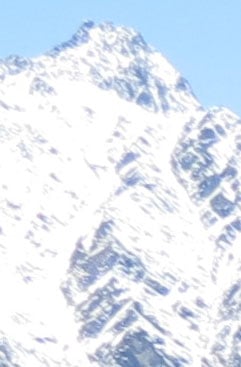 |  |  | ||
f4, 100 ISO |
f4, 100 ISO |
f4, 100 ISO | ||
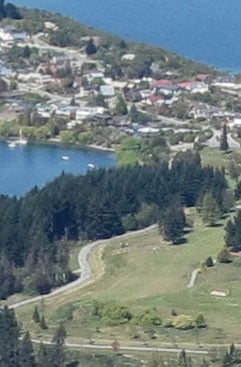 | 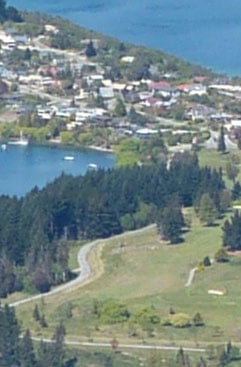 | 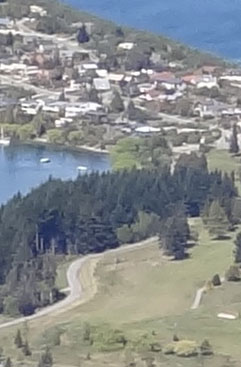 | ||
f4, 100 ISO |
f4, 100 ISO |
f4, 100 ISO | ||
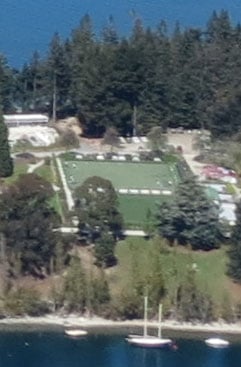 | 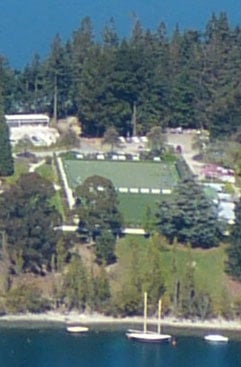 | 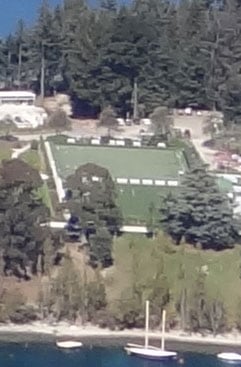 | ||
f4, 100 ISO |
f4, 100 ISO |
f4, 100 ISO | ||
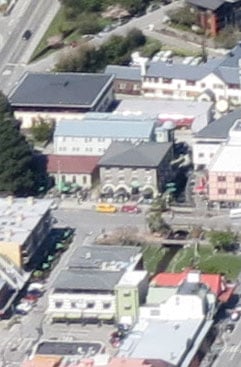 | 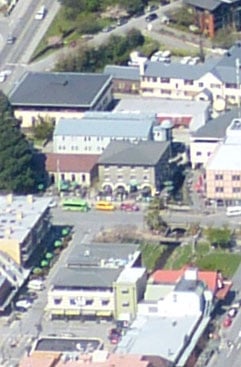 | 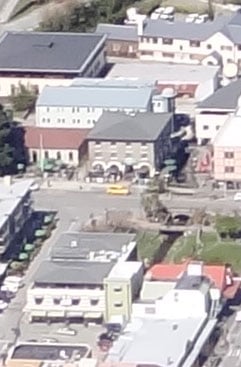 | ||
f4, 100 ISO |
f4, 100 ISO |
f4, 100 ISO |
Canon PowerShot SX40 HS vs Panasonic Lumix FZ150 vs Sony Cyber-shot HX100V Noise
The image above was taken with the Canon PowerShot SX40 HS with the lens set to 7.1mm (39mm equivalent) and the aperture set to f4 in Aperture Priority mode. At its base sensitivity of 100 ISO, the SX40 HS metered an exposure of 0.3 seconds for this composition. On the previous page we saw how the Canon slightly over-exposed compared to the Panasonic and Sony. This time, the Panasonic FZ150 metered exactly the same exposure of 0.3 seconds, although the Sony HX100V again under-exposed a little, so to match the exposures I applied +0.3EV compensation. As such, the exposures you see in the crops below are all identical, allowing us to directly compare the quality – not to mention the actual sensitivity – at each ISO setting. The crops below are taken from the area marked with the red rectangle and reproduced at 100%. To remind ourselves, the Canon SX40 HS and Panasonic FZ150 share the same 12 Megapixel resolution, while the Sony features 16 Megapixels; this higher resolution is responsible for the smaller area in its crops when viewed at 100% below. At 100 ISO, all three cameras deliver detailed images. As seen on the previous page, the Panasonic FZ150’s default processing is a fraction punchier than the Canon SX40 HS, and maybe that’s responsible for its fractionally more apparent noise textures here. Either way, it’s nothing to be worried at this point. Interestingly at 200 ISO the Panasonic and Canon crops have become closer, although there’s still a subtle texture on the former. Meanwhile the Sony crop still looks clean, although there’s some evidence of processing around some edges. At 400 ISO, there’s a minor loss of saturation and edge definition across all three cameras, and a slight increase in noise textures on the FZ150 and HX100V. The SX40 HS enjoys a very minor edge at this point. At 800 ISO, the noise textures increase again on the Panasonic and Sony, most evidently on the latter, although Canon’s noise reduction is keeping the speckles under control without much compromise. With the sensitivity doubled to 1600 ISO, the textures on the FZ150 and HX100V have become more apparent still, while the impact of noise reduction on the SX40 HS is beginning to take its toll. So while the Canon crop remains the cleanest, it is at a cost of definition. It’s the same story at 3200 ISO, where the FZ150 and HX100V are exhibiting the most noise whereas the Canon is smearing it out to a greater degree. None of them are looking great at this point and 1600 ISO is probably as far as you’d like to use them at a push. While I’d give the SX40 HS a slight edge over the others in this comparison, a lot of it boils down to personal preferences in default processing style. Clearly the Canon is applying greater noise reduction with a softer image as a result, albeit getting away with it fairly nicely until the higher ISOs. Meanwhile Panasonic seems happy to let the noise textures appear, to save detail, albeit with artefacts. As for the Sony, it does well considering its finer pixel pitch, but there’s no advantage in recorded detail in these crops. You can adjust a lot of processing settings on all three cameras, but the Canon SX40 HS is the only one which doesn’t offer any control over noise reduction. So if you don’t like the processing style here, there’s less you can do to change it than the others. Meanwhile once again the Panasonic FZ150 enjoys the advantage of being able to shoot in RAW, giving you the greatest scope for adjustments and tweaking later. Finally, all three cameras offer low light and composite shooting modes, albeit with auto sensitivity so it’s impossible to match their settings. In the second last row of crops you’ll see their respective composite modes, and each is an improvement over their respective single exposures at the same sensitivity. They don’t perform miracles, but they are all reducing noise without compromising detail. Certainly if you’re shooting at high ISOs, they’re well worth checking out. Note Canon does somewhat hideaway its composite high ISO mode though as an sub-option on its Night Portrait Scene preset. To see more examples of this in action, check out my Canon SX40 HS Handheld Night Scene page, or check out more single shots in the Canon SX40 HS sample images gallery. Alternatively skip to the chase and head over to my verdict!
|
Canon PowerShot SX40 HS Handheld Night Scene
In this first example, the SX40 HS’s Handheld Night Scene mode automatically selected 1600 ISO. It’s immediately clear from the crops below that the single-frame version in Program at the same sensitivity exhibits much greater visible noise than the composite Handheld Night Scene version. Meanwhile, the degree of detail is roughly similar. So Handheld Night Scene mode is acting like perfect noise reduction, greatly reducing the amount of visible noise without smearing-out fine details. A very successful result here for the SX40 HS. Scroll down for another comparison, or check out a selection of single-exposure shots in my Canon SX40 HS sample images gallery. Alternatively skip to the chase and head over to my verdict!
Canon PowerShot SX40 HS: Handheld Night Scene versus Program mode (at 1600 ISO)
For this second example, the PowerShot SX40 HS once again selected 1600 ISO in Handheld Night Scene, making it easy to make a comparison in Program mode. As above, the degree of fine detail on both samples is roughly similar, but the Program version shows far more visible noise textures. In contrast the version taken with Handheld Night Scene is much smoother and cleaner, with virtually no visible noise speckles. Again it’s as if noise reduction has been applied, but without the compromise of smearing-out fine details. So in conclusion, Handheld Night Scene can prove to be a valuable ally when shooting under dim conditions at high ISOs. It really lives-up to its description too, as while this second example was shot from a tripod, the first really was handheld. Now head on over to my Canon SX40 HS sample images for more real-life examples, or skip to the chase and check out my verdict!
| ||||||||||||||||||||||||||||||||||||||||||||||||||||||||||||||||||||||||||||||
